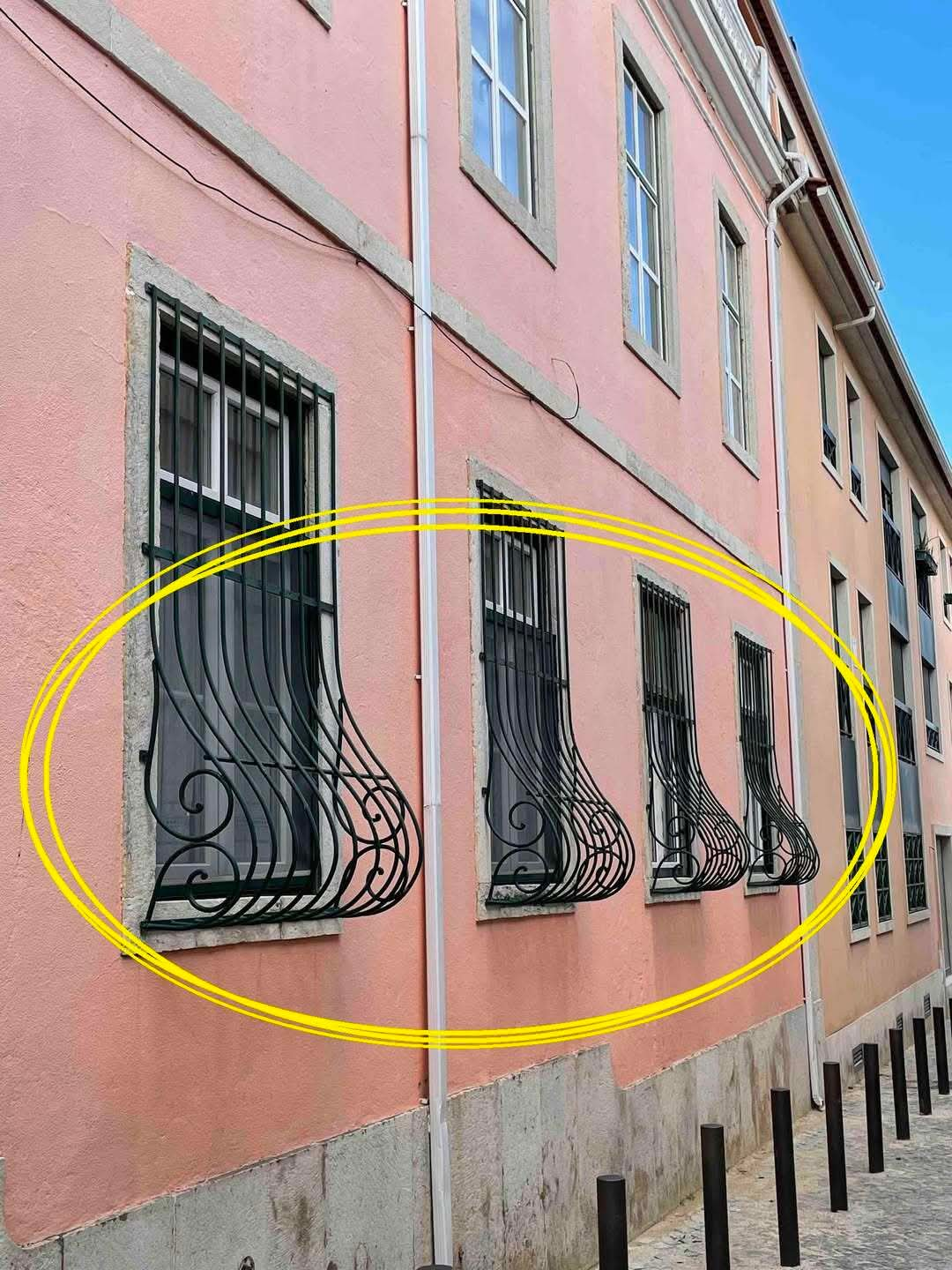I was shocked to learn why some window grills curve at the bottom – most people don’t know the real reason! 🤯
If you’ve ever spotted window bars curving outward like a small iron belly, you weren’t witnessing just a decorative flourish — those “potbellied” bars serve a surprisingly practical purpose. What might look like an artistic touch actually reflects a clever mix of functionality, safety, and culture that has evolved over centuries.
Originally, window bars were created for one main reason: security. They allowed fresh air and sunlight to flow through open windows while keeping intruders out. But as people looked for ways to make confined living spaces feel more open, the straight iron bars began to take on a gentle outward curve. This simple modification transformed a flat, restrictive barrier into something more versatile — a tiny pocket of space extending beyond the window.
These curved bars, often seen in older European cities, parts of Latin America, and the Middle East, function almost like miniature balconies. Residents use the extra room to place flower pots, hang laundry, or even store small household items. In neighborhoods where apartments are packed tightly together, every inch of outdoor space matters — and the potbellied bars provide just enough room to make a difference.
Beyond their usefulness, these bars also add character to buildings. The soft bulge of iron against stucco or brick creates a charming, old-world aesthetic that blends security with style. They reflect a tradition of architectural ingenuity where practicality meets beauty, and form enhances function.
So, the next time you notice those outwardly curving window bars, take a moment to appreciate their story. They’re not just a decorative feature — they’re a testament to human creativity, transforming a simple safety measure into an enduring symbol of comfort, culture, and clever design.





Post Comment